polyarcturus
Well-Known Member
i think its possible, i have a grower friend she didnt smoke for 3 months, piss tested, showed positive. she was never a big smoker to begin so to me thats conclusive.
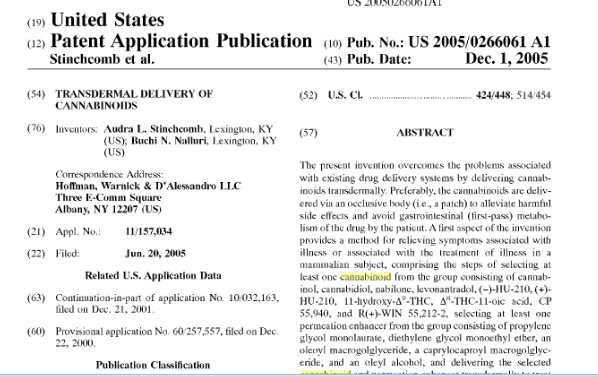

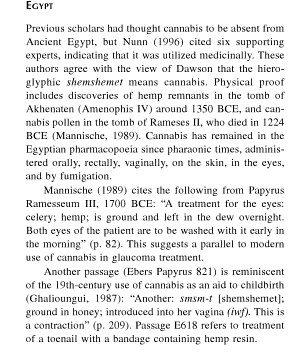
They say you can absorb cannabinoids and specifically THC which is present in raw bud... Again, there is active THC as well as less active THCA in raw budWhere in any of those 3 posts does it say that you can absorb Raw fresh weed into your skin? xD
Its known that you can use tincture and other things that are for use through the skin. However, all of those the cannabis has to be heated to a certain point to fully activate it.

all throughout the season last year i was on probation. i wasnt smoking at all bc my term was soon ending, every day id be up there touching my buds and tying up braches, and so on, nvr came up in a drug test, also ur theory about tolerance, harvest was about 2 weeks after my term ended, and my tolerance was still very low, and i sat for 8 hrs all night trimming. it got to a point where, id just space out and forget what im doing and come back to chopping half the bud off(thats when i know its time to go to sleep), now is this bc i was "stoned" from handling my bud, bc im sure some would perceive it like that. or merely bc i sat in one spot doing a continueous mindless task for a long period of time. bc thats what i attribute it to, more or less exaustion, bc i didnt feel stoned in the least bit, just out of it, if anyone has ever stayed up for a period of 2 days(im sure a few have) thats what its similar to, ur mind is so exausted it starts to disconnect from reality, and tries to shut down to restSo If you're saying thats impossible then how did I get from dead sober to tripping pretty much just so happening to be 1 hr and 45 min after trimming. I think some people have a stronger tolerance to this and they don't feel shit because its not enough to even hit them.

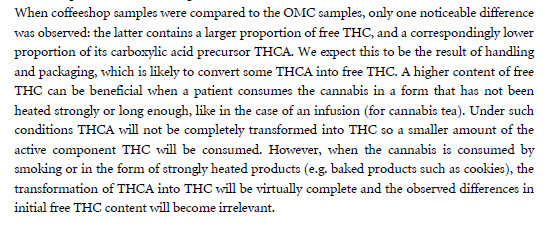
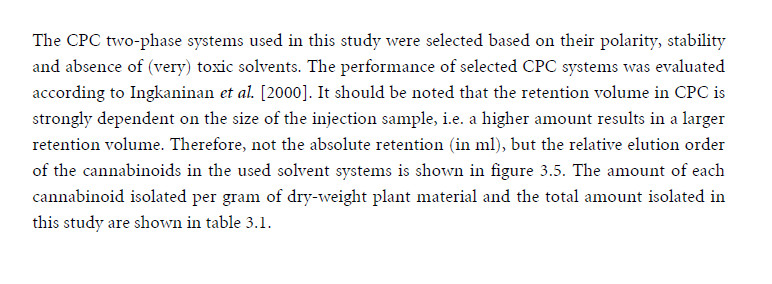
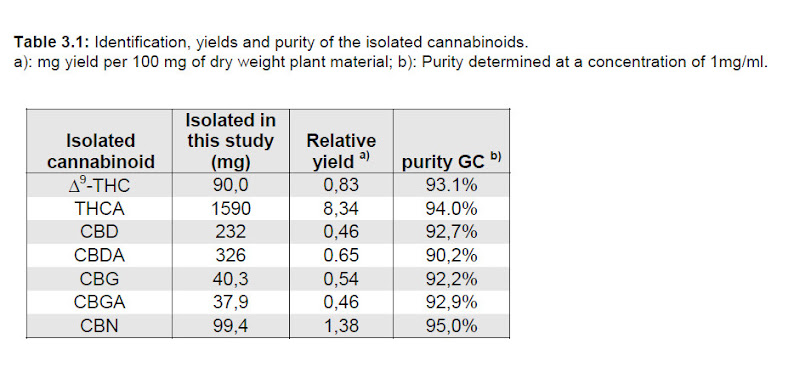
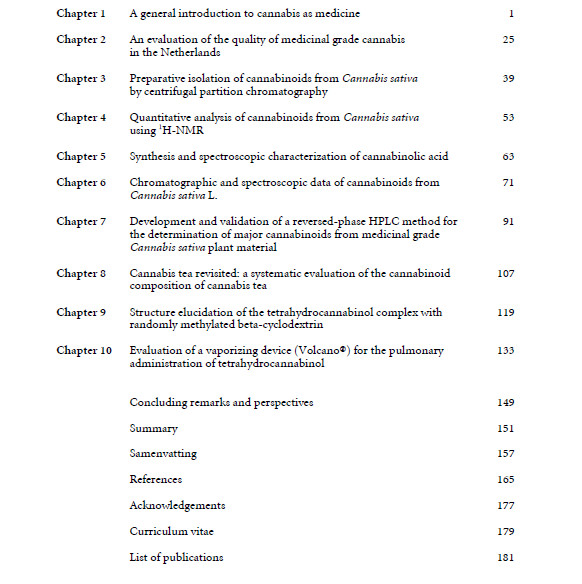
Hahahahahaha hahahahaYep, wear latex gloves, without the powder coating. When done trimming, put them in the freezer and all the hash comes off the latex, making some really good finger hash.. I'd rather smoke that than try to absorb THC transdermally with reduced efficacy.
The problem with wearing latex gloves, for me anyway, is my hands get so damp because they aren't breathing. So I wear cloth gloves under the latex, and use an air pump (fish tank style) to run a hose to each hand. I tape an end to the back of each hand with medical tape, put the cloth gloves on, then the latex.. The air pumps out all the dampness, keeping me cool all day.
I felt pretty damn high trimming a couple pounds without smoking. No gloves.i went to visit my crop today, touched and smelled all buds and now i feel high :-/
Pretty certain you can get high from eating weed.Marijuana produces THCA, an acid with the carboxylic group (COOH) attached. In its acid form, THC is not very active. It is only when the carboxyl group is removed that THC becomes psychoactive. When marijuana is smoked, the THC behind the hot spot is vaporized as the hot air from the burn is drawn through the joint or pipe bowl to the unburned material. The liquid THC and other cannabinoids have a boiling point of between 180-200° C (355-392° F). Before they turn gaseous, at around 106° C (220° F), the carboxyl group is released from the molecule as carbon dioxide and water vapor.
In other words, you cannot get high from eating raw weed, or rubbing it on your skin... it's all in your mind.. a placebo effect.
You need to de-carb THCA to activate the delta THC which gets you high. That takes temperatures like he described. Eating raw cannibus with THCA won't do it. All psychoactive edibles are pre-processed de-carbed / heated RAW cannibus in order to activate that THC delta compound. Surprised no one stood up to you until now.Pretty certain you can get high from eating weed.Marijuana produces THCA, an acid with the carboxylic group (COOH) attached. In its acid form, THC is not very active. It is only when the carboxyl group is removed that THC becomes psychoactive. When marijuana is smoked, the THC behind the hot spot is vaporized as the hot air from the burn is drawn through the joint or pipe bowl to the unburned material. The liquid THC and other cannabinoids have a boiling point of between 180-200° C (355-392° F). Before they turn gaseous, at around 106° C (220° F), the carboxyl group is released from the molecule as carbon dioxide and water vapor.
In other words, you cannot get high from eating raw weed, or rubbing it on your skin... it's all in your mind.. a placebo effect.
You are replying to a year old comment my man lolzYou need to de-carb THCA to activate the delta THC which gets you high. That takes temperatures like he described. Eating raw cannibus with THCA won't do it. All psychoactive edibles are pre-processed de-carbed / heated RAW cannibus in order to activate that THC delta compound. Surprised no one stood up to you until now.
Also these studies ignore the fact that when testing for the THC they were using pg/mg not ng/mg (a huge drastic difference in detectable potency) and THCA isn't going to activate or metabolize into the THC delta in a human body (we lack that heat potential). Most drug tests test for THC delta metabolites. My main guess right now, haven't looked - is that the Germany study that started all this was paid for and promoted by a drug test manufacturer to test for THCA in addition to THC delta and that's why their study is focusing on that, and that alone. In the USA and most countries, nothings changed, they will test you on a ng/mg scale in the metabolites from THC delta, not A. You can't get that from handling RAW cannibus, inhaling RAW cannibus by smell (turpines) or any non-de-carbed form of RAW cannibus. FACTS.
Just smelling my weed gives me a head rush a lot of times. Terpenes to the brain,
almost 2! lol I didn't really look just knew it couldn't stand, because duh...You are replying to a year old comment my man lolz
